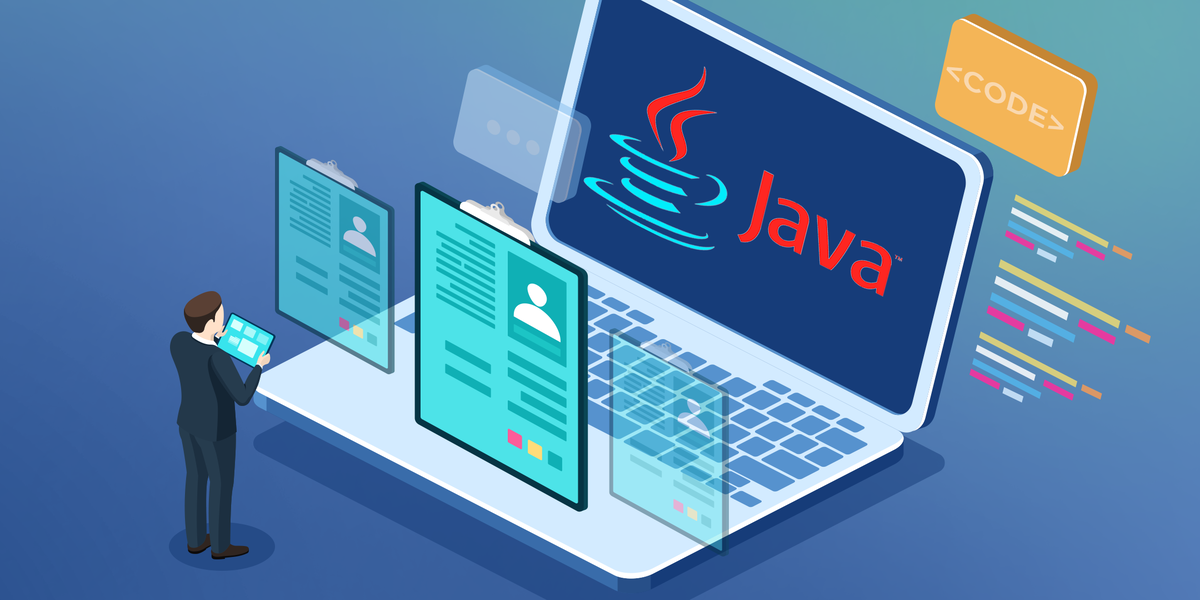Natural Language Processing: A Comprehensive Guide

Natural Language Processing (NLP) is a light of innovation in the dynamic environment of artificial intelligence (AI) development and machine learning. NLP, a subfield of AI, has transformed how computers comprehend, interpret, and interact with human language. This thorough review looks into the complex realm of NLP, investigating its importance in AI and machine learning development, as well as how it opens the way for breakthroughs across sectors.
Defining Natural Language Processing (NLP)
Natural Language Processing (NLP) refers to a computer program's capacity to understand spoken and written human language, often known as natural language. NLP, as a fundamental component of artificial intelligence (AI), depends on over five decades of development and has roots in languages. NLP's disruptive potential continues to affect multiple sectors with its broad applications spanning medical research, search engines, and corporate analytics.
How does natural language processing work?
- Text Input: NLP begins with text input, which can be written material, spoken words, or even motions.
- Tokenization: Tokenization is the process of breaking down text into smaller parts, or tokens, such as words, phrases, or sentences. This helps to simplify the language's complexities.
- Text Analysis: To examine the text, many linguistic approaches are used, such as morphological analysis (word forms), syntactic analysis (sentence structure), and semantic analysis (meaning).
- Entity Recognition: NLP detects entities inside text such as names, dates, locations, and more, which aids in context comprehension.
- Language Modeling: The system understands the context and relationships between words, allowing it to perceive subtleties and ambiguity.
- Feature Extraction: Relevant characteristics from the text are extracted, allowing for further analysis and pattern detection.
- Machine Learning Algorithms: NLP incorporates machine learning algorithms to learn from data and adapt to language changes, hence improving accuracy and performance.
- Sentiment Analysis: Some NLP systems evaluate the emotions and feelings presented in the text in order to determine the writer's tone.
- Output Generation: NLP creates intelligible replies, summaries, translations, or other relevant outputs based on the analysis.
- Feedback Loop: NLP systems learn from human interactions and improve continually through feedback loops, enhancing their comprehension and replies.
In essence, natural language processing (NLP) bridges the gap between human language and computer comprehension by allowing machines to extract meaning, context, and insights from text or audio data. This technology has changed the way we connect with computers and how computers help us interpret and analyze massive volumes of language-based data.
The Significance of Natural Language Processing:
Businesses in the digital era are confronted with massive amounts of unstructured, text-rich data that must be processed efficiently. A large portion of online-generated content and database records contain human language, and until recently, understanding this data was difficult for businesses. This is when the significance of natural language processing becomes clear.
When we evaluate the following two lines, the significance of natural language processing becomes clear: "Incorporating cloud computing insurance is essential in every service-level agreement," and "An effective SLA guarantees peaceful nights, even in the cloud environment." Using natural language processing, the system detects "cloud computing" as an entity, recognizes the abbreviation "cloud" as referring to "cloud computing,"
What Is Natural Language Processing Used for?
Text Classification: NLP tags messages in order to categorize them. It assists in sentiment analysis, which is used to assess the emotional tone of texts. For example, it determines if brand mentions are favorable or bad depending on the attitude conveyed.
Text Extraction:
Natural Language Processing (NLP) automates text summarization and data extraction. Keyword extraction identifies key terms for search engine optimization. The extraction of names of persons, places, and entities from text is known as named entity recognition.
Machine Translation:
NLP provides automated translation from one language to another without the need for human interaction. It transforms global communication by cutting down linguistic boundaries.
Natural Language Generation:
Natural Language Generation (NLP) algorithms produce content by analyzing unstructured input. Language models like GPT-3, which evaluate text and generate plausible articles depending on the input data, are notable examples.
Challenges in Natural Language Processing
Natural language processing (NLP) offers various obstacles, owing to the ever-changing and intrinsically ambiguous character of human language. Among the major challenges are:
Precision:
Precision is required by computers in programming languages and voice instructions. Human communication, on the other hand, frequently lacks clarity, containing ambiguity and differences impacted by slang, accents, and context.
Tone and Inflection:
Despite its progress, NLP still fails to effectively grasp semantic subtleties. Abstract language usage, such as sarcasm, presents challenges. Capturing tone shifts and inflections, which are critical for comprehension, can be difficult, especially across different dialects.
Language Evolution:
NLP must contend with the dynamic character of language and its usage patterns. Language has rules, yet they are not unchangeable. Some computational rules become outdated when real-world language properties change over time. Language develops, and computing systems must grow with it.
Understanding Context:
Extracting contextual meaning from text or voice remains difficult. Words derive meaning from their context, and NLP systems must properly comprehend this rich web of interactions.
Ambiguity:
Language involves ambiguity by definition, with words having numerous meanings depending on context. To get to the appropriate interpretation, NLP systems must manage this complexity.
Slang and Idioms:
Incorporating slang and colloquial terms into NLP algorithms necessitates interpreting their meaning and significance, which can be difficult for computational systems.
Cultural Sensitivity:
Language differs among cultures, resulting in various meanings. For correct analysis, NLP must take cultural subtleties and context into account.
Linguistic Variability:
Variability in linguistic structures, accents, and regional dialects makes accurate voice recognition and language interpretation difficult.
Situational Context:
NLP algorithms have a difficult time understanding the situational context in which language is employed, which can substantially affect meaning.
Conclusion
The importance of Natural Language Processing (NLP) in the development of artificial intelligence cannot be emphasized. NLP has progressed well beyond its linguistic foundations to become a crucial instrument for understanding, analyzing, and producing human language.
In the rapidly evolving landscape of AI, NLP fuels our aspirations for a world where communication transcends barriers, enabling us to harness the true potential of human-machine collaboration. With Artificial Intelligence development companies at the forefront, the synergy between NLP and AI development promises a future that is not only smarter but also deeply connected to the essence of human expression.
Hyperlink InfoSystem - Most Trusted End-to-End development Solution Provider.
Write For Us





